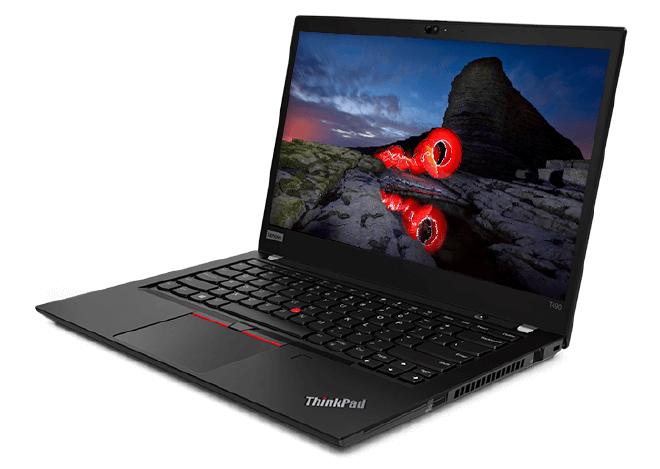Thinkpad T490 Fedora install tips

Table of Contents
🔨 WORK IN PROGRESS! I’m still finding some additional issues and I’ll write those up here as soon as I find some solutions.
With my 4th Gen X1 Carbon beginning to age (especially the battery), it was time for an upgrade. I now have a T490 with a 10th gen Intel CPU and a discrete NVIDIA MX250 GPU. This laptop spec was just released on Black Friday!
As with any new technology, there are bound to be some quirks in Linux that require some workarounds. This laptop is no exception!
This post will grow over time as I find more workarounds and fixes for this laptop.
Installing Fedora #
Start by downloading whichever installation method of Fedora you prefer. Since this laptop is fairly new, I went with the network installation (included in the Server ISOs) and chose to apply updates during installation.
On the first boot, wait for the LUKS screen to appear and ask for your
password to decrypt the drive. Hit CTRL-ALT-DEL at the password prompt
and wait for the grub screen to appear on reboot.
Why are we issuing the three finger salute? If you allow the laptop to fully boot, it will hang when it starts gdm. There are some nouveau issues in the system journal that provide hints but I haven’t made sense of them yet. By preventing the system from fully booting, the grub success flag won’t be set and you will see the grub menu at the next boot that is normally hidden from you.
Press e on the first line of the grub menu. Find the longest line (it
usually has rhgb quiet) and add this text to the end:
rd.driver.blacklist=nouveau
Press CTRL-X to boot the system. Enter your LUKS password when asked and you
should boot straight into gdm!
You have two options here:
Blacklist nouveau until bugs are fixed. (Not recommended) This will force your laptop to use the integrated Intel GPU on the CPU, but it may or may not shut off the NVIDIA GPU. This could cause a significant battery drain.
Install NVIDIA’s proprietary drivers. (Recommended) You will have much better control over the power state of the NVIDIA GPU and the installation process will automatically blacklist nouveau for you.
I’m going to install NVIDIA’s proprietary drivers that have power management and optimus support built in already. All of these steps here come from RPM Fusion’s excellent NVIDIA documentation.
Start by installing RPMFusion’s repository configuration:
sudo dnf install https://download1.rpmfusion.org/free/fedora/rpmfusion-free-release-$(rpm -E %fedora).noarch.rpm https://download1.rpmfusion.org/nonfree/fedora/rpmfusion-nonfree-release-$(rpm -E %fedora).noarch.rpm
Next, install the proprietary drivers.
sudo dnf install akmod-nvidia
When the packages are installed, run akmods to build the nvidia kernel
module (this took about a minute on my laptop):
# sudo akmods
Checking kmods exist for 5.3.15-300.fc31.x86_64 [ OK ]
Reboot your laptop. If all goes well, your laptop should boot right up without interaction (except for entering your LUKS password).
NVIDIA power management #
You can enable some power management features for the NVIDIA GPU by following
the (somewhat lengthy) documentation about PCI-Express Runtime D3 (RTD3)
Power Management. I’ve enabled the most aggressive setting by adding the
following to /etc/modprobe.d/nvidia.conf:
options nvidia "NVreg_DynamicPowerManagement=0x02"
Reboot your laptop for the change to take effect.
BIOS Updates #
My laptop was shipped to me with the 1.04 BIOS, but 1.06 is the latest (as of this writing). Follow these steps to update:
- Open the Software application
- Go to the Updates tab
- Look for a firmware update (usually at the end of the list)
- Click update and wait for a notification
- Reboot
The firmware capsule is found on the first reboot and then the laptop reboots to install the new firmware. You’ll see some screens about backing up the BIOS and some self-health related things. They take a while to complete, but my laptop came right up on 1.06 without any problems!